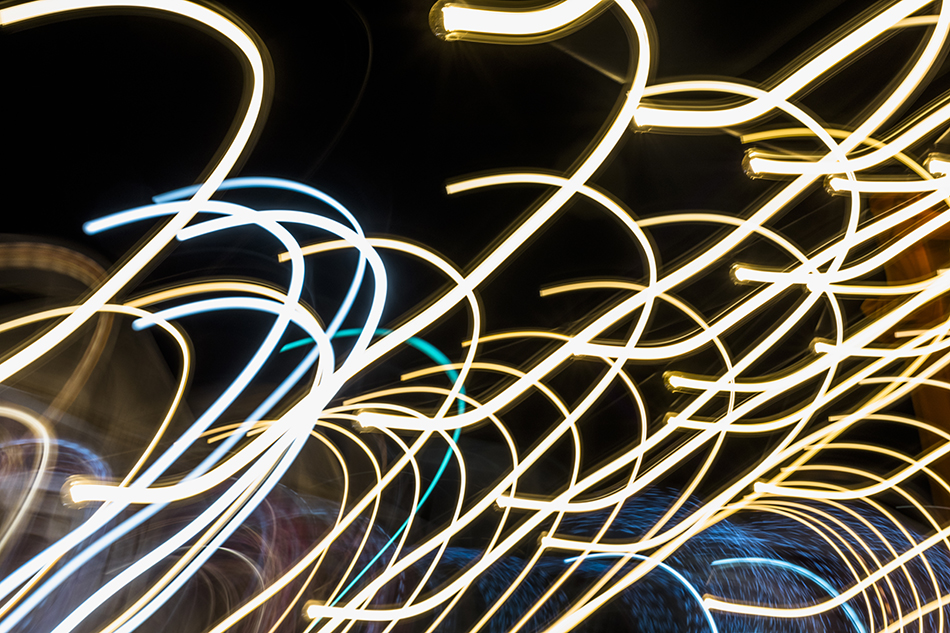Time:2025-05-26
The automotive lighting industry is undergoing a transformative shift with the adoption of 24V DC LED flexible neon lights. Designed to meet the rigorous demands of vehicle applications, these lighting solutions combine durability, energy efficiency, and aesthetic versatility. This article explores their technical advantages, diverse use cases, and best practices for integration, positioning them as essential tools for personal, commercial, and specialty vehicles.
Why 24V DC Systems Dominate Vehicle Lighting
Vehicles, particularly heavy-duty trucks, buses, and industrial machinery, often rely on 24V electrical systems due to their ability to handle higher power demands efficiently. 24V DC LED neon lights are engineered to align with these systems, offering:
Stable Performance: Reduced voltage drop over long wiring runs, ensuring consistent brightness in large vehicles.
Enhanced Safety: Lower risk of overheating compared to 12V systems, critical for prolonged operation in demanding environments.
Compatibility: Seamless integration with existing 24V vehicle electronics without requiring additional converters.
This compatibility makes them ideal for fleets, emergency vehicles, and off-road equipment.
Advantages of LED Flexible Neon for Automotive Use
LED flexible neon lights outperform traditional lighting in several key areas:
Durability: Encased in waterproof, vibration-resistant silicone, they withstand harsh road conditions, moisture, and temperature extremes.
Energy Efficiency: Low power consumption reduces strain on vehicle batteries, crucial for auxiliary lighting in parked or idling vehicles.
Design Flexibility: Bendable strips contour to curved surfaces, enabling precise placement on bumpers, grilles, or custom bodywork.
Customization: Available in multiple colors and programmable effects (e.g., strobe, fade) for branding or functional signaling.

Strategic Applications Across Vehicle Types
Commercial Fleets:
Branding: Outline company logos or vehicle outlines to enhance nighttime visibility and brand recognition.
Safety Markings: Highlight truck trailers, loading zones, or hazardous equipment with high-visibility glows.
Emergency Vehicles:
Emergency Lighting: Use amber or red neon for non-glare warning signals that complement traditional light bars.
Scene Illumination: Provide soft, diffused lighting for accident sites without blinding first responders.
Personal Vehicles:
Underbody Accents: Create dynamic underglow effects for cars, motorcycles, or RVs.
Interior Ambiance: Line footwells, dashboards, or cargo areas with customizable mood lighting.
For example, a logistics company reduced nighttime accidents by 30% after adding neon outlines to its fleet’s blind spots.
Installation and Maintenance Best Practices
Wiring Integrity: Use automotive-grade connectors and secure wiring harnesses to prevent shorts or disconnections.
Waterproofing: Ensure IP67 or higher ratings for exterior applications exposed to rain, mud, or car washes.
Mounting Precision: Employ UV-resistant adhesives or brackets to avoid sagging or detachment on vibrating surfaces.
Regulatory Compliance: Adhere to local laws regarding color restrictions (e.g., red/blue reserved for emergency vehicles).
Overcoming Common Challenges
Power Management: Install relays or controllers to prevent overloading the vehicle’s electrical system.
Aesthetic Balance: Avoid overlighting by selecting subtle placements that complement the vehicle’s design.
Heat Dissipation: Ensure proper ventilation in enclosed spaces to maintain LED lifespan.
Emerging Trends in Automotive Neon Tech
Smart Integration: Synchronize lighting with vehicle telematics (e.g., brake-activated alerts, door-open indicators).
Solar Hybrids: Pair with rooftop solar panels for auxiliary lighting in electric or hybrid vehicles.
Self-Healing Coatings: Materials that repair minor abrasions from road debris autonomously.
Case Studies: Real-World Impact
Food Truck Branding: A mobile vendor used color-shifting neon to attract customers at night, boosting sales by 25%.
Construction Vehicles: Neon-lit cranes and excavators improved site visibility, reducing after-hours accidents.
RV Customization: A travel blogger installed programmable neon in their camper’s awning, enhancing both function and social media appeal.
Conclusion
24V DC LED flexible neon lights for vehicles are redefining automotive lighting by merging practicality with creativity. Their ability to enhance safety, visibility, and branding while withstanding harsh conditions makes them indispensable for modern transportation.
To maximize benefits, prioritize high-quality, compliant systems and collaborate with suppliers specializing in automotive-grade solutions. As vehicles evolve, these lights will remain at the forefront of innovation, illuminating roads with both style and substance.